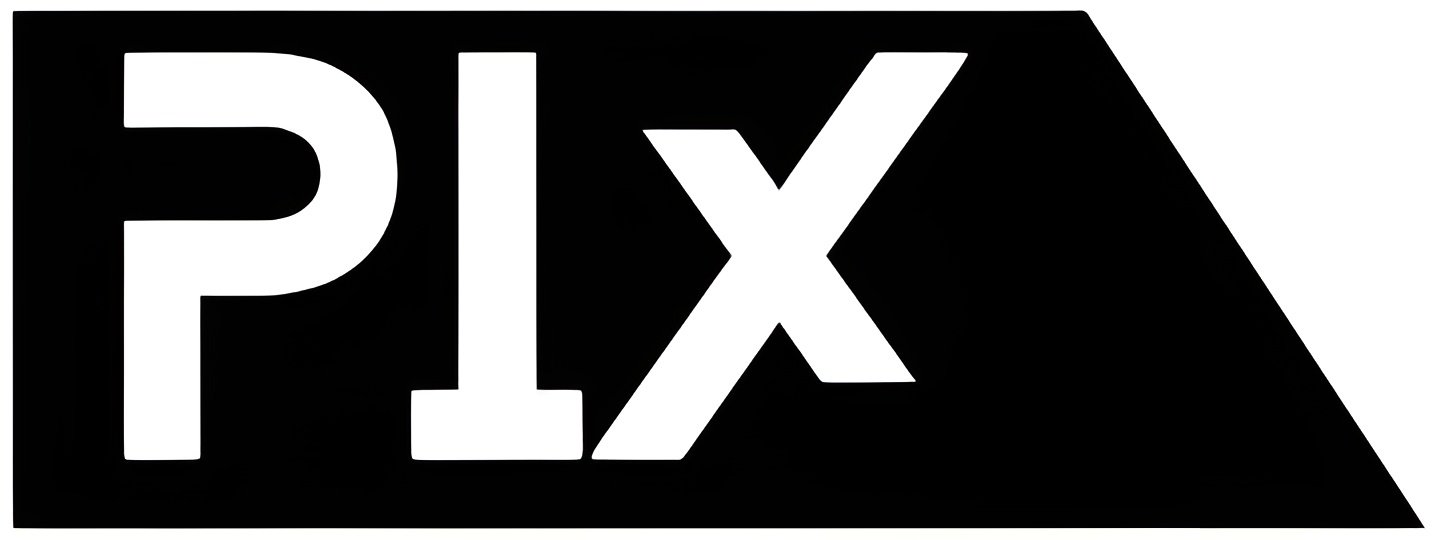Even those who have been following the NBA for decades may have a hard time understanding how the salary cap actually works, and they might need to have the NBA second apron explained.
All the talk about the new CBA, the luxury tax and whatnot has been fairly confusing, and not many sites have been able to share an explanation that’s concise and easy to understand. With that in mind, we’re going to take a deeper look into the second apron rules, as well as the second apron number and some other questions you may have.
What is the NBA’s second apron?
The NBA’s Collective Bargaining Agreement (also known as CBA) isn’t like the ones in other major sports leagues. Unlike what happens in, say, the NFL or NHL, there’s no hard salary cap in the NBA. On top of that, teams usually spend more than their ‘soft’ cap allows them to because they’re allowed to go over the top to re-sign their own free agents, minimum-contract players, and draft picks.
That’s why the league has established a luxury tax system and formula to make teams that spend more than they should pay — literally — for that. Now, they’ve also established some new aprons to punish repeated offenders, putting a ‘repeater tax’ in place for those who get over the tax in three out of four years.
How does the second apron work?
Simply put, the more a team spends and exceeds the tax threshold — which is roughly 121.5% of the salary cap — the more money they pay for every dollar they go over the first or second apron.
But on top of that, teams that go over those aprons will also face some steep limitations to build their roster. Thus, we’re hearing about a de facto second apron hard cap, as second apron penalties could deem repeated offenders to years of struggles, competition-wise.
What is the second apron number in 2024-25?
For the upcoming campaign, teams spending more than $188.931 million will officially be subject to second apron penalties, as they would be going roughly 134.4% over the cap.
In 2023-24, the Clippers, Warriors, Suns, Bucks, Celtics, and Bucks would’ve been considered second-apron teams.
What are the second apron penalties?
Teams that go over the second apron will — obviously — face more penalties than those who go over the first apron.
First apron penalties prevent teams from signing players who were bought out and were making more than the non-taxpayer mid-level exception — which is projected to be close to $12.8 million for the upcoming campaign — before being waived.
They also can’t bring back more salary than they send away in any trade, and they will also be banned from using trade exceptions created in the previous campaign.
Then, those who also go over the second apron, will face all those restrictions plus more. They won’t be able to use their mid-level exceptions, sign-and-trade their own players to acquire others, or even trade multiple players in the same transaction.
If that wasn’t enough, those who are over the second apron by the end of the regular season won’t be able to trade their first-round picks seven years into the future. The only way to avoid that restriction would be to avoid reaching the second apron in at least three of the next four seasons.
This is a way to prevent teams from stacking up huge contracts and putting superteams together. And while some might not exactly be fans of this because it means their championship windows will be shorter, it’s expected to help keep the league more balanced, which is always a good thing.


















































